Dear friends, colleagues and those who have expressed an interest in the FOOD & CULTURE of Japan:
豆皿 MAMÉ-ZARA Small Plates
One of the distinctive features of Japanese food arrangement is the use of many small plates and bowls in serving a meal. These vessels are typically varied in appearance (color, shape, design) and generally hold small portions of food that rarely fill the space.
This plating practice is in contrast to Western food cultures that typically serve large portions of food on dishes and platters that boast matching patterns (though the dishes in any given set may vary in size). In general, the food fully fills the vessel.
The many small plates used in serving Japanese food are calledmamé-zara. The word mamé means “bean” and endearingly refers to diminutive sized items. This naming dates back to the 17th century though the use of such dishes is far more ancient.
Japanese culinary historians believe the origin of today’s mamé-zaralie in the tiny téshio-zara 手塩皿 dishes that held salt and other seasonings and condiments. A 12th century banquet shows salt, vinegar, saké and hishio (the precursor of soy sauce) placed in tiny vessels on individual serving trays. Interesting to note, the table was set not only with chopsticks, but a spoon for scooping, too.
To get you started using mamé-zara, I’ve included a few recipes for small bites that pair well with beer or sake or tea. ENJOY!
A Taste of Culture PROGRAMS
A Taste of Culture offers custom workshops for visitors and residents who wish to learn about Japanese home-style cooking and prepare it for themselves. Details here.
For inspiration and instruction in preparing Japanese food for yourself and others, visit KITCHEN CULTURE.
To explore and practice Japan’s washoku wisdom in your own kitchen, visit Kitchen PROJECTS.
Regardless of where you reside, I hope you remain interested in Japan and its food culture.
KAKI-GŌRI
Crushed ice drizzled with sweet syrup, similar to today’s kaki-gōri confections, was first mentioned in the Pillow Book, a bawdy collection of essays popular among courtiers in the Heian period (794-1185 AD).
Rainy Season Kitchen
Despite efforts to keep sheets of nori crisp and crunchy osembei crackers from going soggy, the rainy season inevitably overtakes all. Discover tasty solutions to done-in-by-dampness foodstuffs.
Two-Session Tsukémono Workshop
June 27 (Friday 6:30-8:30 pm) & June 28 (Saturday 10:30 am-4:00pm)
WASHOKU ESSENTIALSbi-monthly column in the Japan Times.
Most recently about surinagashi (pureed soups)
essays & recipes are posted to The Japanese Pantry, an online store dedicated to making quality artisanal Japanese ingredients available to cooks in the United States. My latest contribution is Turnips with Crumbly Chicken Sauce Enjoy!
Episode 341 (Sept 10, 2024) is about the language used to describe food textures … mouthfeel is often the most challenging element when trying new foods.
Prefer video-based learning? Join me on CRAFTSY

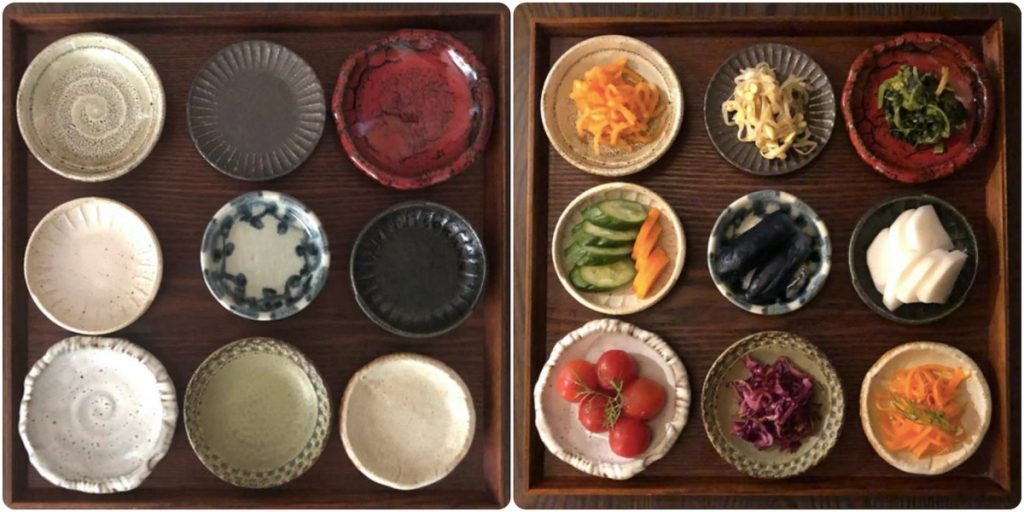

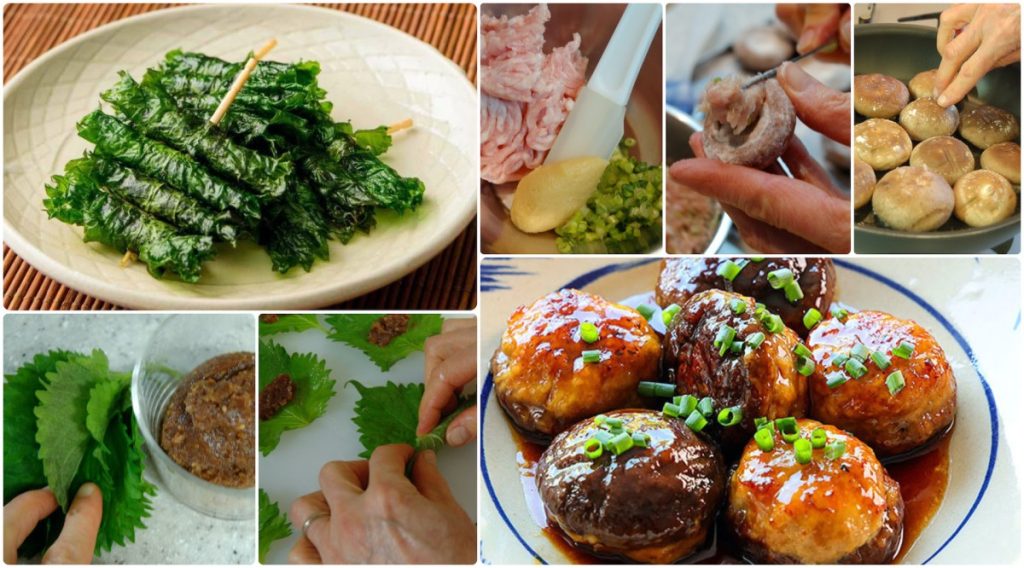
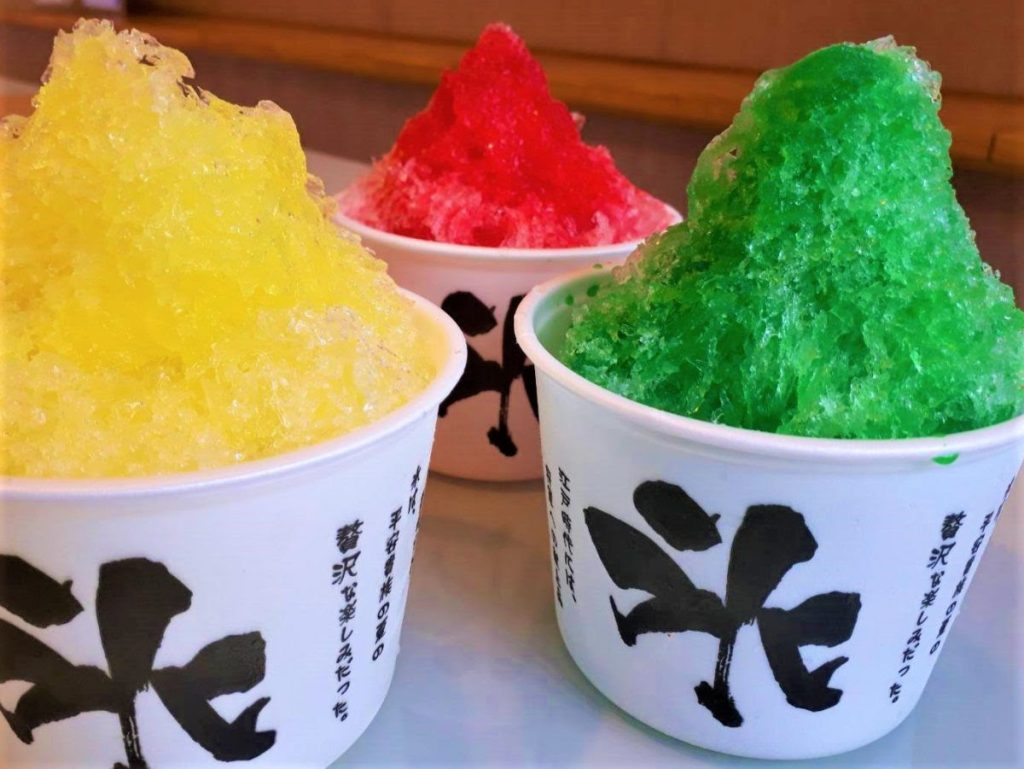
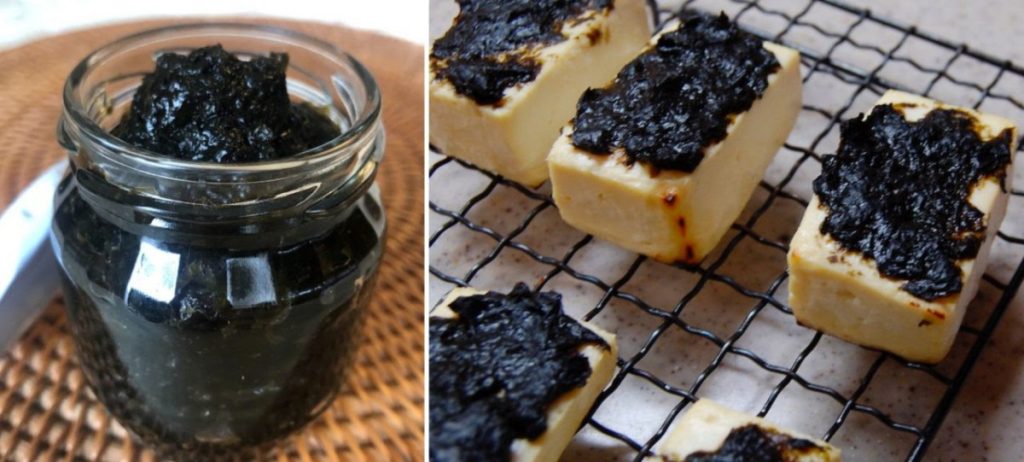

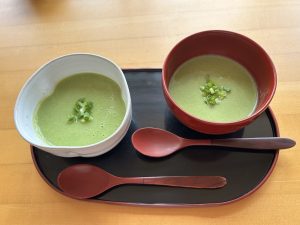
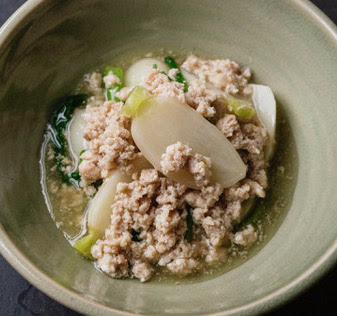

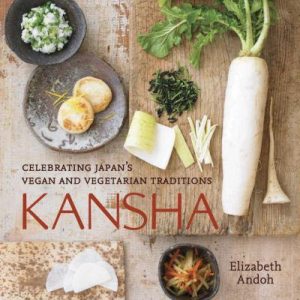
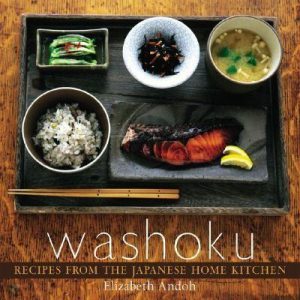
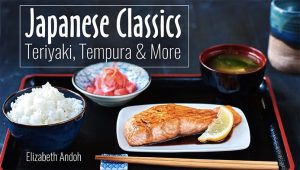
Comments